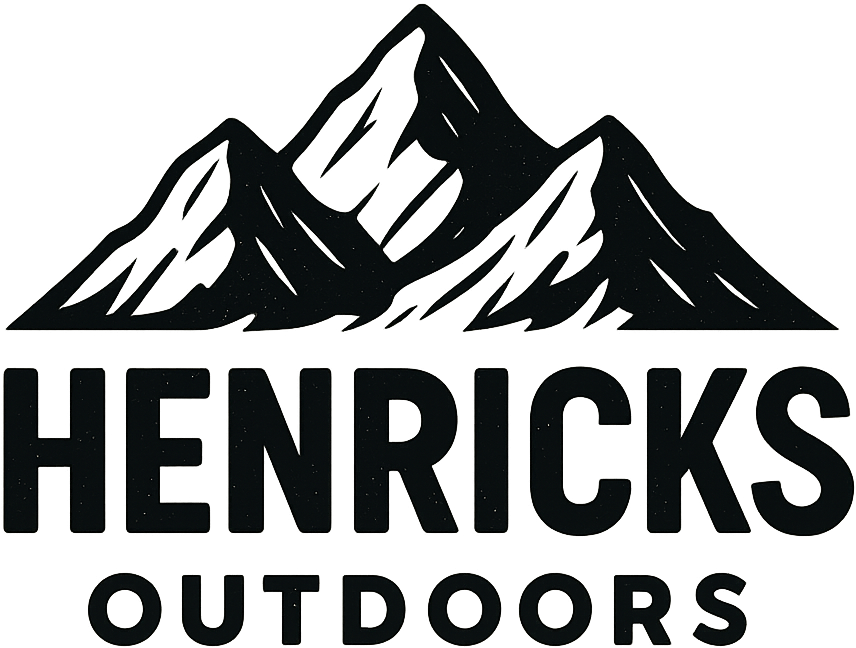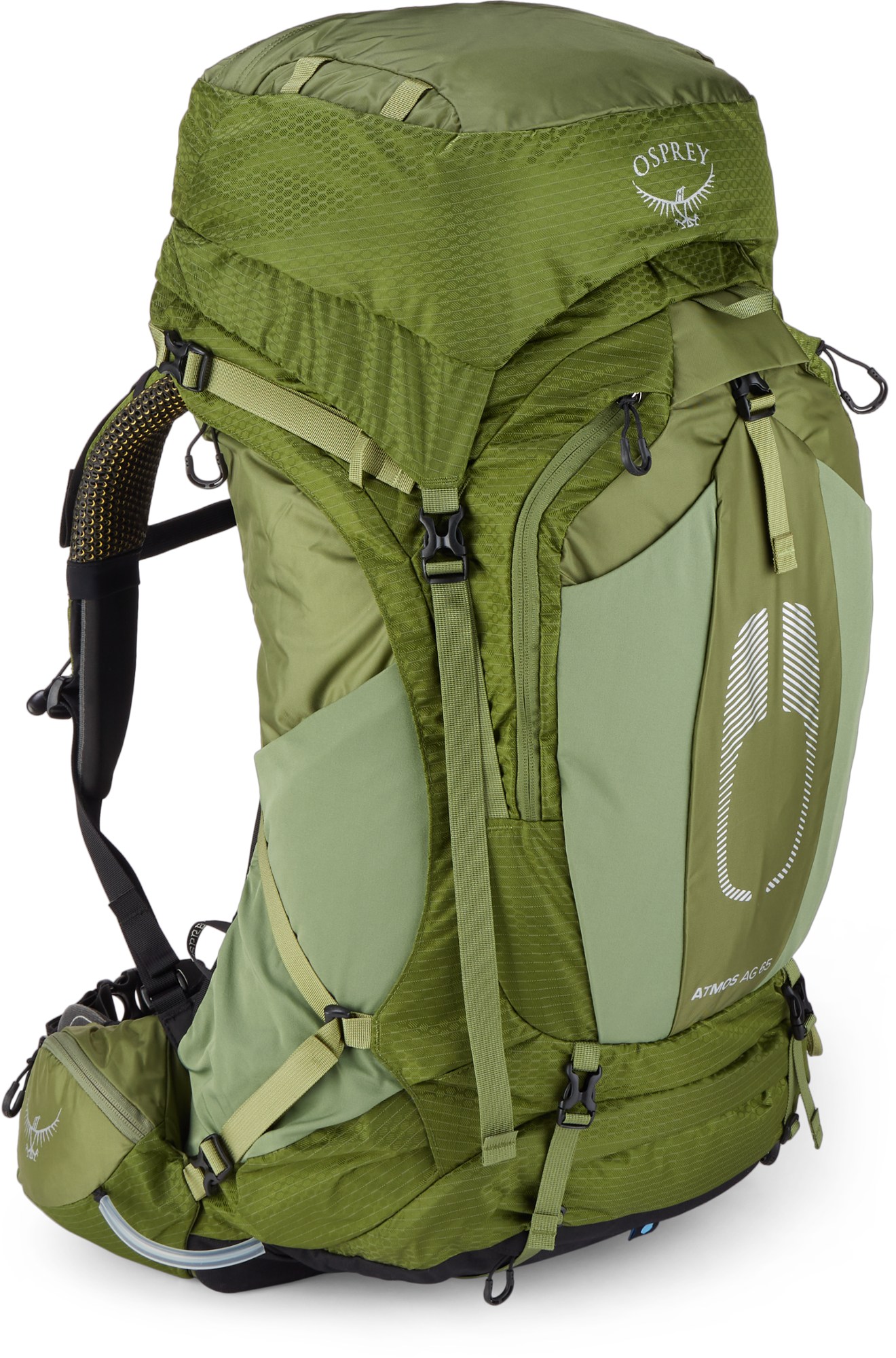
Hiking and trekking poles have evolved from being optional hiking gear to becoming essential tools for outdoor enthusiasts of all levels. Whether you’re trekking through rugged mountains, navigating uneven trails, or simply enjoying a walk in the woods, the right poles can make your journey safer, more comfortable, and efficient.
This guide explores the benefits of hiking poles, the various types available, material and grip considerations, and how to choose the perfect pair for your outdoor adventures.
The Benefits of Hiking Poles
have evolved far beyond simple walking sticks. Let’s dive into how they can revolutionize your hiking experience:
Enhanced Stability: Your Personal Balance System
Picture having two extra points of contact with the ground at all times. That’s what hiking poles provide, creating a stable four-point foundation that:
- Reduces your risk of slips and falls on challenging terrain
- Helps you navigate tricky stream crossings with confidence
- Provides instant feedback about trail conditions through your hands
Joint Protection: Your Body’s Best Defense
Research shows that hiking poles can reduce impact forces on your knees by up to 25%. Here’s how they help:
- Distribute weight away from your lower body during descents
- Minimize the shock of each step on rocky terrain
- Provide crucial support when carrying a heavy backpack
Natural Movement Enhancement
Properly used hiking poles create a rhythm that:
- Engages your upper body, distributing effort across more muscle groups
- Improves breathing efficiency through better posture
- Helps maintain consistent pace on long trails
Versatile Trail Problem-Solvers
Your hiking poles can serve multiple purposes beyond walking:
- Use them to probe snow depth in winter conditions
- Clear spider webs from the trail ahead
- Part dense vegetation to check for trail markers
- Test mud or water depth before stepping forward
- Create emergency shelter supports if needed
Energy Conservation Masters
Smart pole usage can significantly extend your hiking endurance:
- Reduce muscle fatigue by up to 40% on challenging ascents
- Lower perceived exertion on long-distance hikes
- Enable longer hiking days with less recovery time needed
- Help maintain steady breathing patterns on steep terrain
Wildlife Management Tools
While we hope to avoid wildlife encounters, poles can help:
- Make noise to alert animals of your presence
- Appear larger to potential predators
- Create a protective barrier if needed
- Safely move small obstacles or vegetation
Pro Tip: When hiking in bear country, remove your pole straps. This allows you to quickly drop them if needed without becoming entangled.
Weather Navigation Aids
In challenging weather conditions, poles become even more valuable:
- Provide extra stability in strong winds
- Help maintain balance on icy surfaces
- Offer support during river crossings
- Create stability points in deep snow
Types of Hiking Poles
Hiking poles come in various designs and configurations, each catering to different terrains and user preferences.
Single vs. Double Poles
- Single Poles: Ideal for flat terrain or light hiking. They provide basic stability and are suitable for recreational hikers.
- Double Poles: A pair of poles is better for rough, uneven terrain or hikers carrying heavy packs. They distribute weight more evenly and provide added support.
Foldable vs. Telescoping Poles
- Foldable Poles: Lightweight and compact, perfect for travelers or those who value portability. They collapse into sections for easy storage.
- Telescoping Poles: Adjustable-length poles that can be extended or shortened to suit your height and terrain. They are sturdy and versatile.
Fixed vs. Adjustable-Length Poles
- Fixed-Length Poles: Simpler and lighter but lack adaptability to different terrains.
- Adjustable-Length Poles: Allow for fine-tuning based on terrain—for example, shortening on steep ascents or lengthening for descents.
Top Hiking Poles to Consider
Cascade Mountain Tech – Lightweight Aluminum Trekking Poles
TrailBuddy Trekking Poles – Lightweight Collapsible Hiking Poles
KINGGEAR Adjustable Hiking Poles
TREKOLOGY Trekking Poles – Collapsible Nordic Hiking Pole
Black Diamond Alpine Carbon Cork Trekking Poles
Black Diamond Women’s Alpine Carbon Cork Trekking Poles
Grip Types
Choosing the right grip is critical for comfort and control, especially during extended hikes.
Foam Grips
- Benefits: Comfortable and excellent at absorbing sweat.
- Best For: Hot and humid conditions.
Cork Grips
- Benefits: Mold to the shape of your hand over time and resist moisture.
- Best For: Long hikes and variable weather conditions.
Rubber Grips
- Benefits: Durable and easy to clean but less breathable.
- Best For: Cold or rainy conditions where moisture resistance is needed.
How to Choose the Right Hiking Poles
Selecting the perfect hiking poles involves considering your specific needs, preferences, and the conditions you’ll encounter.
Match the Poles to Your Activity
- Day Hikes: Lightweight aluminum poles with foam grips.
- Backpacking: Adjustable carbon fiber poles for adaptability and weight savings.
- Mountaineering: Durable poles with extended grips for versatility.
Choose the Right Length
- To determine the ideal pole length:
- Stand upright and hold the pole so your elbow forms a 90-degree angle.
- Adjust for uphill (shorter poles) or downhill (longer poles) hiking as needed.
Look for Shock Absorption
- Some poles feature internal shock absorbers, which reduce vibration and strain on wrists and elbows during descents.
Using Hiking Poles Effectively
Master these fundamentals for maximum benefit:
Basic Walking Technique
- Plant poles in an alternating pattern with your feet
- Keep elbows close to your body
- Maintain a natural arm swing
Uphill Strategy
- Shorten poles by 5-10cm
- Plant poles ahead of your feet
- Push down and back to assist forward momentum
Downhill Mastery
- Lengthen poles by 5-10cm
- Plant poles ahead of your stride
- Let the poles take weight off your knees
Care and Maintenance
Keep your poles in prime condition with these essential care tips:
After Every Hike
- Wipe down poles with a damp cloth
- Dry thoroughly before storing
- Check locking mechanisms for debris
Monthly Maintenance
- Inspect all sections for damage
- Clean and lubricate locking mechanisms
- Check tip wear and replace if necessary
Seasonal Care
- Deep clean all components
- Apply moisture protection to metal parts
- Store in a cool, dry place
Making the Investment
Quality hiking poles typically range from $60 to $200. Consider this an investment in:
- Joint protection and injury prevention
- Enhanced hiking enjoyment and capability
- Reduced fatigue on long adventures
Remember: The best hiking poles are the ones that match your specific needs and hiking style. Take time to test different options and don’t hesitate to invest in quality—your body will thank you on the trail.
Happy hiking, and may your poles guide you to new adventures!



